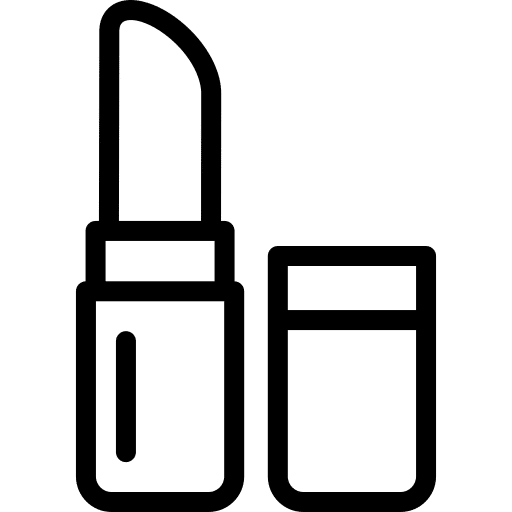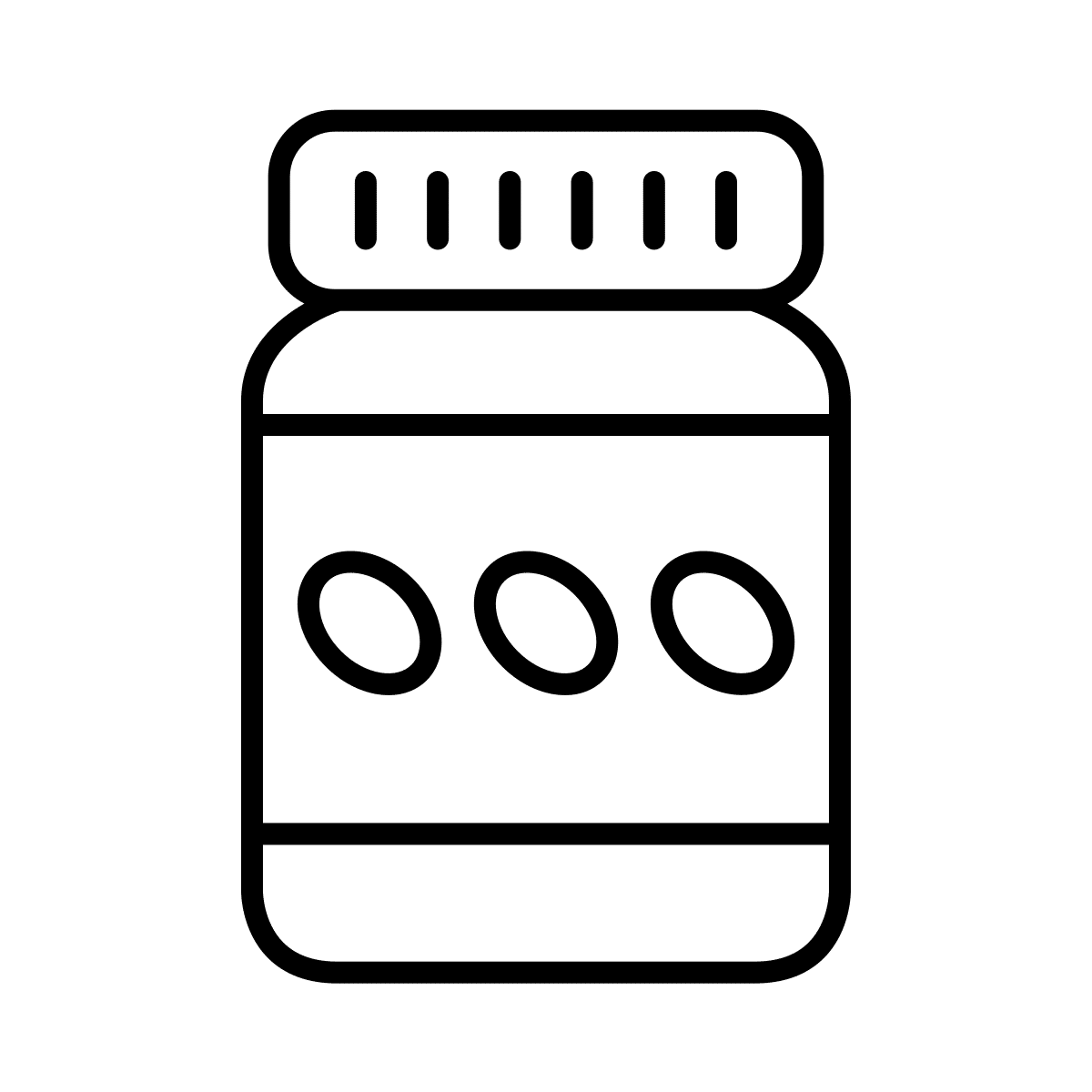Remember cartoons and cereal in the morning before school?
Unless you’re a young millennial, the answer’s going to be “yes”. Watching T.V. in the early hours used to be a staple of the Western lifestyle; something most families spent tens of hours doing every week.
This trend is now changing. Personalized, mobile entertainment is quickly replacing T.V. as the dominant content medium in Europe and North America.
The average American spends 34 hours browsing their smartphone each week; already more than the 30.1 hours spent watching television. Moreover, mobile has now overtaken desktop as the primary driver of online traffic.
And here’s the kicker.
90% of those 34 weekly hours are spent inside apps. This means that if you don’t have an app, you’re missing countless opportunities to engage users. This effect is especially pronounced with eCommerce – and here’s why.
Mobile device users spend 10.9% of their time inside retail and e-commerce apps. That’s more than the the 10% they spend using the entire web outside apps. In other words, your potential clients are spending more time in mobile shopping apps than they are browsing the rest of the internet as a whole.
Obviously, this means mobile app marketing is pretty darn important. Without it, you can’t really engage users on the mobile web, which is where most online traffic comes from these days. This is not ideal.
Fortunately, raking up app downloads and in-app purchases doesn’t have to be hard. In this post, we’ll show you how 8 simple app marketing tips can improve your app promotion efforts dramatically.
(We’ll also explain how you can start making a gorgeous multi-platform e-commerce app for free at the end of the post).
So without further ado, let’s move on to the first of our app marketing tips, which is…
1. Picking an Effective App Name
Remember cartoons and cereal in the morning before school?
Your app’s display name is the first thing people see. Sometimes, it’s the only thing they see before deciding whether to engage with you.
This makes app names an important part of your mobile app marketing strategy, and an asset that can explode (or ruin) conversions.
Some key points to keep in mind:
App stores let you use 225 character limits, but search results only show the first 25. Make sure your brand name fits in those 25 characters, and use the rest for by-lines and “subheadings”.
Pick a name that accurately represents your business and feels appropriate for your niche.
Avoid generic names. Your app name will get picked up by search engines, but unless it’s unique enough to stand apart from brands and generic phrases, you’ll get minimal organic traffic.
Once you’ve picked a name, it’s on to the product description and your brand’s “elevator pitch”: 2 critical elements of successful mobile app marketing.
When you’re writing these, make sure to…
2. Market the Benefits, Not the Functions
The technical features that your organization is most proud of may be completely irrelevant to users. The benefits and uses of your app are what’s important. Take a minute to figure out how your app helps consumers with questions like…
How can your app simplify lives, entertain people and/or add value?
Why should potential customers use your app?
What makes your app unique and/or superior to other, similar offers?
Put more simply, “get fresh coffee in 5 minutes” is better than “our app helps you order hot beverages with just-in-time delivery in a 3 mile radius from our restaurant”.
(And as a rule of thumb, keep things simple and benefit-driven in all your app marketing efforts; not just the copy.)
The next tip is about visuals – specifically…
3. Effective App Marketing = Appropriate App Icon
Together with your app name and description, your app icon is the very first thing users see. Fortunately for you, picking an app icon that drives traffic, maximizes conversions and adds to brand value is neither complicated nor expensive.
This is because most effective app icons follow a similar pattern. Just check out the images for the USA’s 15 top apps:
In just about all these icons, you’ll find…
Fewer than 5 colours per image
No more than two major design elements (icons, letters, etc)
Subdued colours with a preference for pastel hues
The first letter of the app’s name represented visually
These are the pointers you should follow when making your own logo. You don’t have to be fancy – a template-based design is more than enough in most cases – but the more boxes you check, the better you’ll do.
Next, let’s talk about how you can get as many organic shares as possible!
4. Optimizing Your App for Sharing
DropBox got 4 million users in just 15 months by using a clever sharing/referral strategy. Their case is rather unusual – they had a historically great marketer in Sean Ellis, and they’re an app as well as a SaaS offer – but it shows the importance of optimizing for virality.
You want to make it easy and natural to share on multiple platforms. You also want to incentivize sharing, either by offering in-app rewards or other perks. DropBox offered extra free storage space; think how you can follow a similar strategy with your own app.
(And don’t worry about losing a little money on incentives. Sharing helped DropBox completely bypass the $233-$388 they used to spend to acquire each customer – and it may do the same for you. That’s worth taking a little loss for.)
Another way to multiply your mobile app marketing efforts is with...
5. App Marketing + Quality Content
A HubSpot report found that content marketing improves lead acquisition by up to 300% while driving costs down by 62%. That’s nearly a 600% difference in ROI – and the reason most B2B and B2C marketers market with blog posts, videos, infographics, etc.
You would be wise to follow suit and at least keep a regularly updated blog post and Instagram account where users can see your best content.
This has the added benefit of driving organic traffic, since both Google and Facebook (the web’s primary organic traffic drivers) have algorithms that prioritize quality content.
Another way to leverage content is through…
6. Promoting Via Newsletter
Chances are, you have an e-mail list and a newsletter. Why not use these assets to promote your app? E-mail marketing has an ROI of 3,800%, which tells you how responsive leads are to messages sent this way. As a business owner, you may feel this is a “low-tech” way to promote – but it’s effective nonetheless.
One awesome subset of this tactic is…
7. Promoting via Post-Purchase Receipt
E-mails that confirm a transaction, i.e. receipts, are opened 800% more often than any other kind of e-mail. They also generate 600% more revenue than the average e-mail.
The secret is that people inherently trust brands they’ve already bought from. The takeaway is to make sure you message everyone who buys from you, nudging them towards your app.
The last app marketing tip on our list is to…
8. Last app marketing tip: Use Promo Videos
A video embedded on your landing page will, on average, improve conversions by 80%. This video doesn’t have to be long; 1-2 minutes is enough.
With a variety of tools like EasyVSL making it easy (and inexpensive) to produce app promo videos, there’s no reason not to have one.
And there you have it: 8 easy app marketing tips to improve your marketing, driving more sales and in-app purchases your way.
The only question is, do you have an ecommerce app – and if so, can consumers easily buy your products using it?
If you’re not 100% sure, we’re about to do you a massive favour. See, we run an ecommerce app platform that allows us to build and design your e-commerce app fast and easy. The whole process takes 30 days tops. For an affordable monthly fee, you'll give your customers the premium mobile experience they are looking for. Even better; app marketing is included in the service. All you have to do is reach out to us.
We hope you enjoyed reading this content as much as I enjoyed writing it!







